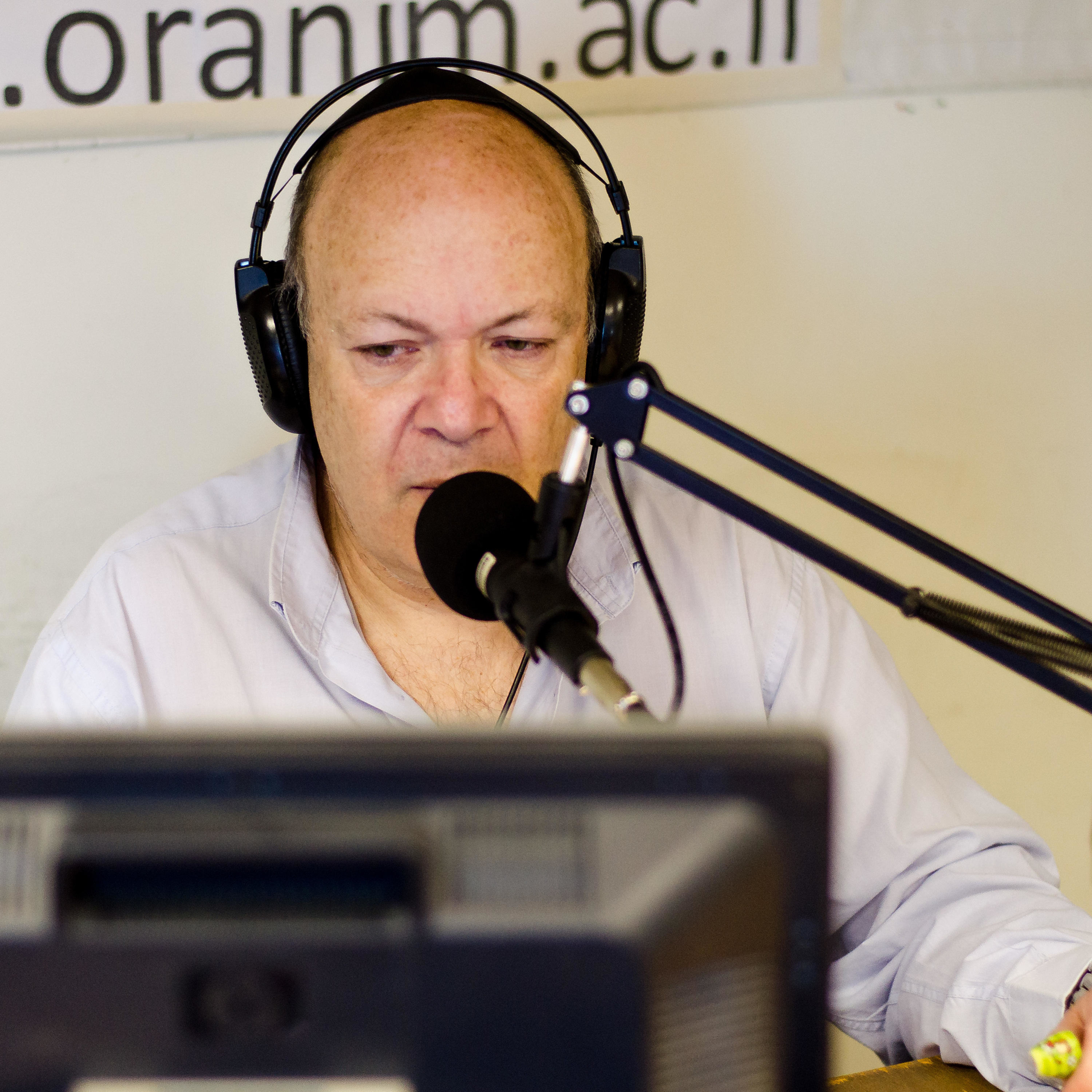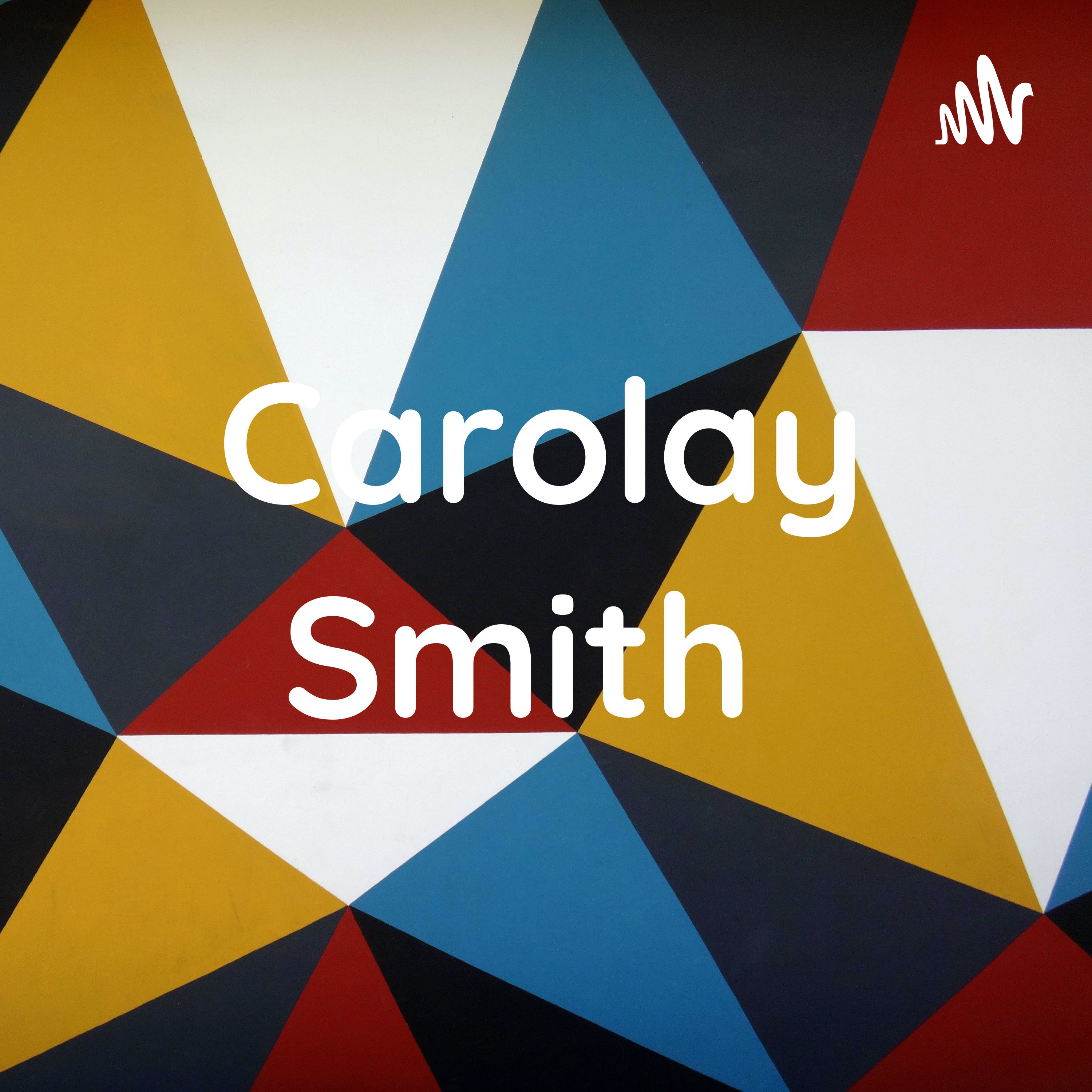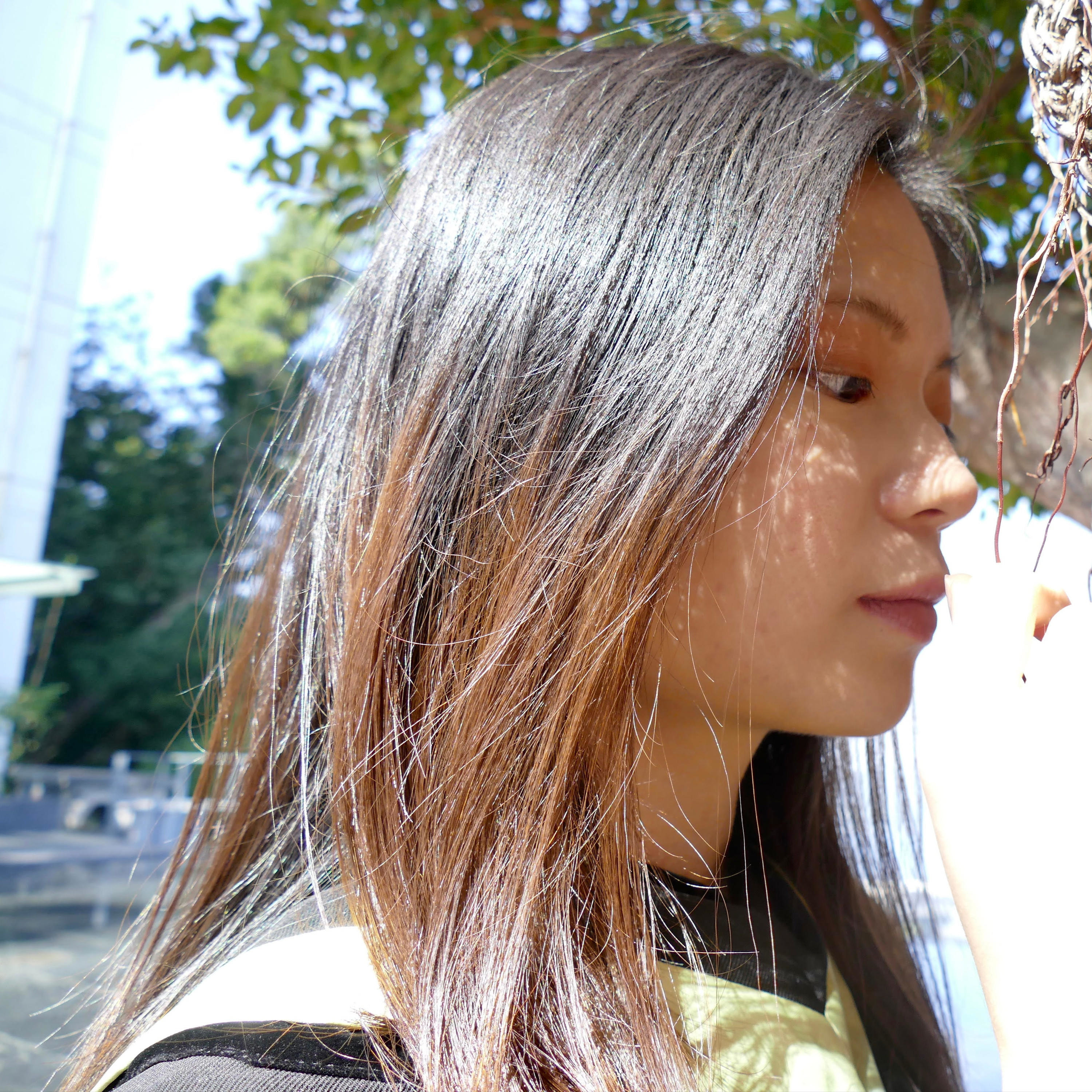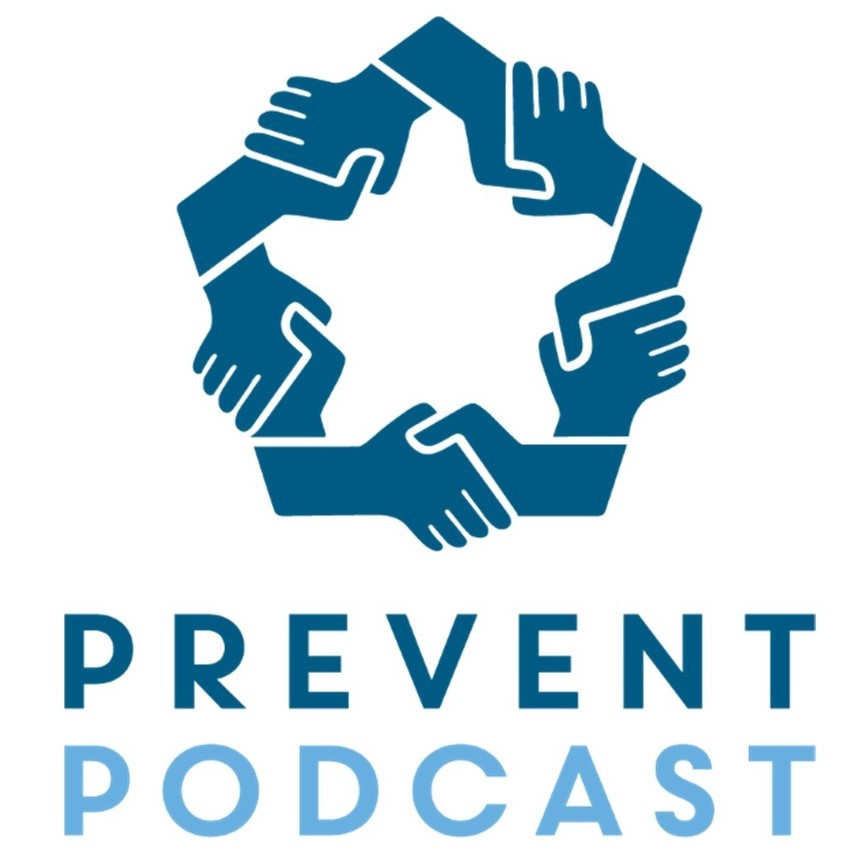 |
When Autism Grows Up STRONGAuthor: Lynn C Davison
We build adulting skills with autistic graduates and their families so they flourish on their own! Language: en Contact email: Get it Feed URL: Get it iTunes ID: Get it |
Listen Now...
Understanding Autism: Fostering Inclusion and Support
Wednesday, 23 April, 2025
Here’s a summary of my “Understanding Autism PTx” presentation: Purpose & My Background • Delivered for Autism Awareness Month by me, a neurodivergent coach with lived experience raising six neurodiverse children. • The session is aimed at improving understanding, inclusion, and support for autistic individuals. Key Concepts 1. What is Autism? • A neurological developmental condition—not a defect, but a difference. • Autism exists on a color wheel, not a linear spectrum, highlighting infinite variation. • Neurodiversity is natural and as vital as biodiversity. 2. Origins & Brain Science • Structural and gene expression differences in the brain are often present from utero. • Differences are not “less than,” just different ways of perceiving and interacting with the world. Core Autistic Traits: ESP Framework E - Executive Functioning Strengths • Deep focus, detail-oriented thinking, strong routines, logical analysis, and honesty. Challenges: • Difficulty initiating tasks, time management, emotional regulation, and flexibility. Strategies: • Use visual schedules, reminders, and structured routines. S - Sensory Processing Strengths: • Heightened perception, sensory joy, unique emotional ties to stimuli. Challenges: • Sensory overload, avoidance, filtering difficulties, interoception issues, dyspraxia. Strategies: • Create sensory-friendly environments with control over light, sound, and textures. P - People Skills Strengths: • Honest communication, deep listening, loyalty, and inclusive attitudes. Challenges: • Misreading social cues, discomfort with small talk, processing delays, masking. Strategies: • Build trust through deep, meaningful conversations and non-verbal bonding. Communication & Inclusion Tips • Listen: Make space for different communication styles. • Validate: Acknowledge feelings and experiences without judgment. • Ask: Don’t assume—ask what’s helpful. • Offer Support: Gently and respectfully, not forcefully. Connection Styles Autistic connection may include: • Info-dumping on special interests, • Parallel play, • Blunt honesty, • Scripting (repeating familiar phrases), • Support through action. Resources Mentioned 1 The Pattern Seekers by Simon Baron-Cohen 2 The Autistic Burnout Workbook by Dr. Megan Anna Neff – helps manage burnout through personalized strategies. 3 Self-Care for Autistic People by Dr. Megan Anna Neff – promotes unmasking, community connection, and neurodivergent health practices. 4 Seeing Autism by Barbara Avila – focuses on creating authentic engagement and supportive environments. Takeaway Message Autism is a different—not deficient—way of being. When we shift from awareness to acceptance to appreciation, we build a world that works better for everyone. Support should always be led by the autistic individual’s preferences and needs.












